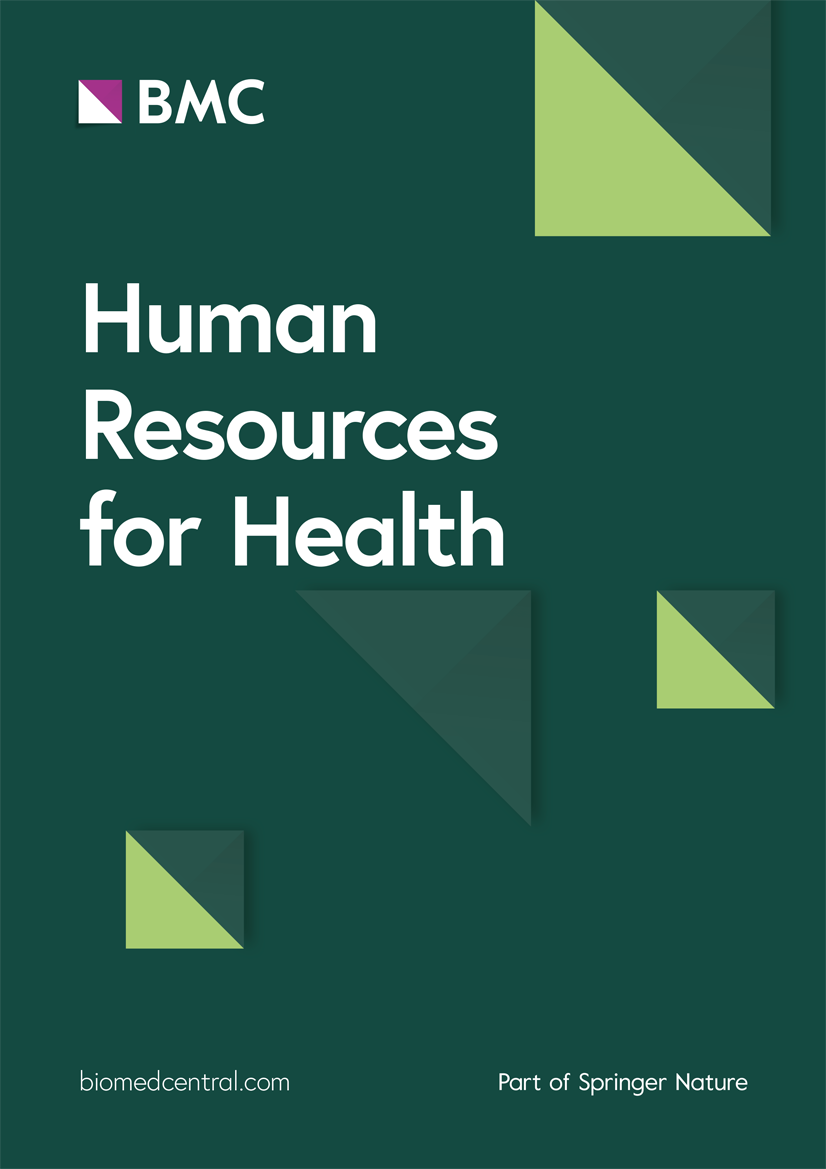Global Progress on Health Workforce - Towards 2030
Published in Healthcare & Nursing, Social Sciences, and Public Health

In May 2016, the Sixty-ninth World Health Assembly adopted the Global Strategy on Human Resources for Health: Workforce 2030 – an ambitious, fifteen-year policy agenda for all countries of the world. Central to the Strategy were milestones in 2020 and 2030, with regular progress reports to the Assembly. The thematic series in Human Resources for Health set out a first “five-year check-in”.
On this World Health Day, we can celebrate progress that has been made
Considerable progress was made, despite the onset of the COVID-19 pandemic. Health worker education pipelines and employment have grown at the global level; the estimated stock of health workers now exceeds 70 million; WHO’s global shortage calculation against a universal health coverage target has decreased to 14.7 million in 2023; and national data with age/sex disaggregation is vastly improved .
And confront the reality that progress is slowing
Global progress however masks worrying trends and inequalities in some regions and countries. The pace of progress is slowing and unequal. Unemployment and underemployment co-exist despite population need and workforce shortages, necessitating an upward adjustment to the projected workforce shortage by 2030 to 11.1 million (compared to the 2022 estimate of 10.2 million by 2030). The series demonstrated multiple factors influence this regression, including limited progress in generating fiscal space for health, developing health workforce partnerships, and mitigating the negative impacts of international migration of health personnel. The post-COVID19 context, with domestic and international financing for health stagnant and contracting may worsen the health employment outlook in LMICs, with direct and indirect job losses already occurring at scale. This will leave many without access to the care they need and worsening health outcomes.
What the Thematic Series taught us
The Thematic Series highlighted three focus areas as we navigate increasing fiscal constraints :
- Intentional action to protect the often overworked and strained health and care workforce to ensure decent work and reduce attrition among the existing workforce.
- Resist pro-cyclical spending cuts that exacerbate the health workforce shortage during economic downturns, and adopt counter-cyclical measures to ensure stability and make progress in addressing population health need and workforce shortages.
- Social dialogue between governments, employers, employees and their associations to explicitly devise and implement ‘Partnerships for public purpose’ among all relevant stakeholders.
Get Involved
To support WHO’s World Health Day 2025 campaign, spread awareness using #HopefulFutures and #HealthForAll, attend global events, donate to the WHO Foundation, and share personal experiences or stories.
Follow the Topic
-
Human Resources for Health

This journal welcomes manuscripts on all aspects of the planning, education, management and governance of human resources for health – particularly those of international relevance and global reach.




Please sign in or register for FREE
If you are a registered user on Research Communities by Springer Nature, please sign in